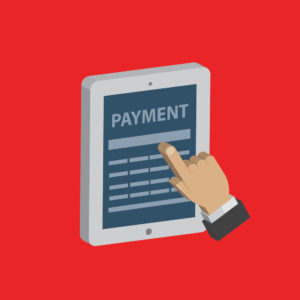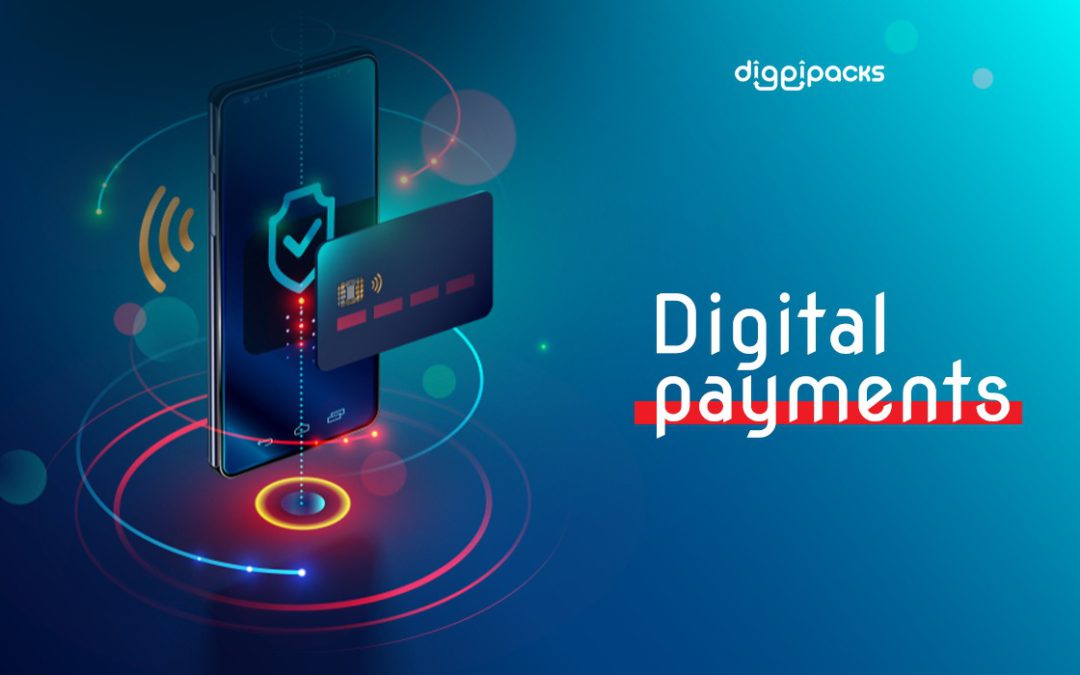Digital payments have become a big part in most of our dealings, and payment cards have become an essential element in the lives of most of us, whether credit cards, direct debit or prepaid cards because they are simply convenient, safe and acceptable everywhere and at your time, in addition to that they allow customers to get many rewards, Such as discounts in restaurants and malls, earning additional miles through many airlines, or even cash refunds, and the mobile phone has paved the way for a revolution in the world of digital payments, adopted by policy makers, regulators, and non-traditional financial services providers; To lead the way in financial innovation and inclusion, in this article we’ll cover together everything you need to know about digital payments.
Digital Payments
It is one of the modern methods that are used in the process of supplying cash payments through the Internet to be a tool for transferring funds from the accounts of payers or buyers to the accounts of receivers or sellers, or by supplying these amounts to bank accounts of those who deserve payments.
This concept is not limited to buying and selling operations only, but there is a group of financial operations that can be paid or collected electronically in addition to buying and selling operations.
Among the most prominent of these operations are refunds, tax payments, premiums of insurance companies, dividends to shareholders, financial transfers for credit operations, loan payments, discount transfers, and other financial transactions.
How did digital payments appear?

The need for funds to be paid or captured electronically emerged through the developments in global markets, whether through the development of commercial operations and the expansion of their scope at the local or international level, or through the emergence of financial markets in which the physical payment process was an obstacle preventing the completion of some Operations in the financial markets.
With the passage of time, the electronic payment environment began to become more common in many commercial operations, and on the other hand, some of the old methods that were used in the past in the electronic payment process began to shrink, such as deposits and direct cash payments, especially in large financial and purchasing operations.
In addition to the periodic payments that have become paid electronically automatically, and the existence of digital payments over time contributed to the emergence of what is known as the electronic clearing house.
What are the benefits of digital payments?
The emergence of electronic payment systems was due to the urgent need imposed by the financial and commercial markets on cash dealers, as the benefits of digital payments contributed to creating a different environment for financial dealings with specific characteristics, and the following are the most important benefits of digital payment sand the effects they have on the financial and commercial markets:
1. Enhancing economic efficiency
The existence of digital payments systems contributed to the smooth flow of cash, which is certainly in the interest of the smooth running of operations and economic activities, far from what was contained in the old payment systems.
As the complex procedures that limit the process of financial and commercial exchange between the relevant parties, and this in turn helped to revive some sectors and commercial projects that used to be payment or collecting money operations weakening their sales or commercial operations.
you may like:
Why is Cycle Count better than Physical Inventory? Difference Explained
2. Provide financial protection
The presence of digital payments increased financial security for both the payer and the clutch is it through the flexibility of the electronic payment process, and the absence of the need to transfer a large amount of cash the traditional way.
In addition to the additional safety factor that digital paymentshave through digitization systems that ensure the existence of serial numbers for electronic payments, as these numbers are kept in electronic form that are difficult to lose or lose, unlike paper documentation processes for tangible cash payments that may be exposed to these risks.
This is why digital payments are widely used for the collection of tax revenues, salary deductions, and other government payments of all kinds.
3. Support emergency relief operations
Digital payments provided a safe and fast cover for support and assistance in cases of humanitarian, health or natural disasters at the level of a specific country or at the international level.
Where funds are transferred electronically and at maximum speed to initiate the provision of urgent financial assistance or the provision of health or medical supplies that can reduce the risks of natural or health disasters.
4. Reducing costs
The presence of digital payments has contributed to reducing expenses for companies or organizations in terms of receiving or paying financial dues, as funds can be transferred and transferred very smoothly and in record time without the need for personnel specialized in collecting, transporting and delivering money.
The financial risks that this entail make collecting or transferring money in some cases extremely costly compared to digital payments.
Reducing expenses related to paying or collecting money is not limited to transportation and collection costs, as there are some paper or print material supplies and some other administrative expenses related to payment and material cash collection.
you may like:
How Manufacturing Warehouse Management Simplifies Today’s Complex Supply Chain
5. Saving time and effort
The entry into force of digital payments systems in many companies and organizations has saved a lot of time and effort spent in getting and collecting money.
This positively affects the economic activities so that you can devote themselves to some administrative processes and internal organizational matters in exchange for the time and effort that is spent on collecting and paying money in the usual way.
This is also reflected in the procurement cycle and the sales cycle in the organizations, so that the time spent in collecting and paying money is reduced, which increases the sales operations thanks to the use of time.
What are the methods of digital payments?
There are many digital payment methods, and the following are the most prominent methods used in digital payment operations:
1. Payment through transfer companies:
It is a fast electronic payment service that allows users to receive payments from anywhere in the world through money transfer services.
Transfer companies depend on international companies that are dealt with within one day for funds collected from local agents.
The advantage of the payment method through transfer companies is that it allows the company to freely choose the currency of the person who pays in cash without being restricted to a specific currency type in the transaction.
2. Payment through bank transfer:
Payment method by bank transfer is one of the latest electronic payment services provided by banks.
And it depends on transferring the amount that the customer transfers to the beneficiary by transferring this amount from the customer’s account to the beneficiary’s account in the same bank or one of its branches, or by transferring funds from one bank to another locally or transferring from one bank to another internationally.
you may like:
3. Payment through websites:
Payment via websites is one of the best and most important electronic payment methods, as funds are transferred from one party to another through websites. This method is mainly used in e-shopping services, and it is a safe way to buy online.
The site is a way to transfer and receive money, as it acts as a mediator between buyers and sellers, and this method is currently available in most Arab countries.
4. Payment through prepaid cards

A prepaid card is a cash payment and withdrawal tool issued by large financial institutions (such as banks). It allows its users to purchase on credit in a manner controlled by its source and to obtain borrowed money from its source.
The advantage of the prepaid card is to provide users with special services, because the idea of the card depends on the user’s use of a prepaid credit card to deposit a certain amount of money in his account.
When using the card for shopping, the amount is deducted from the bank’s credit balance, and it is valid on websites and in the market.

Recent Comments